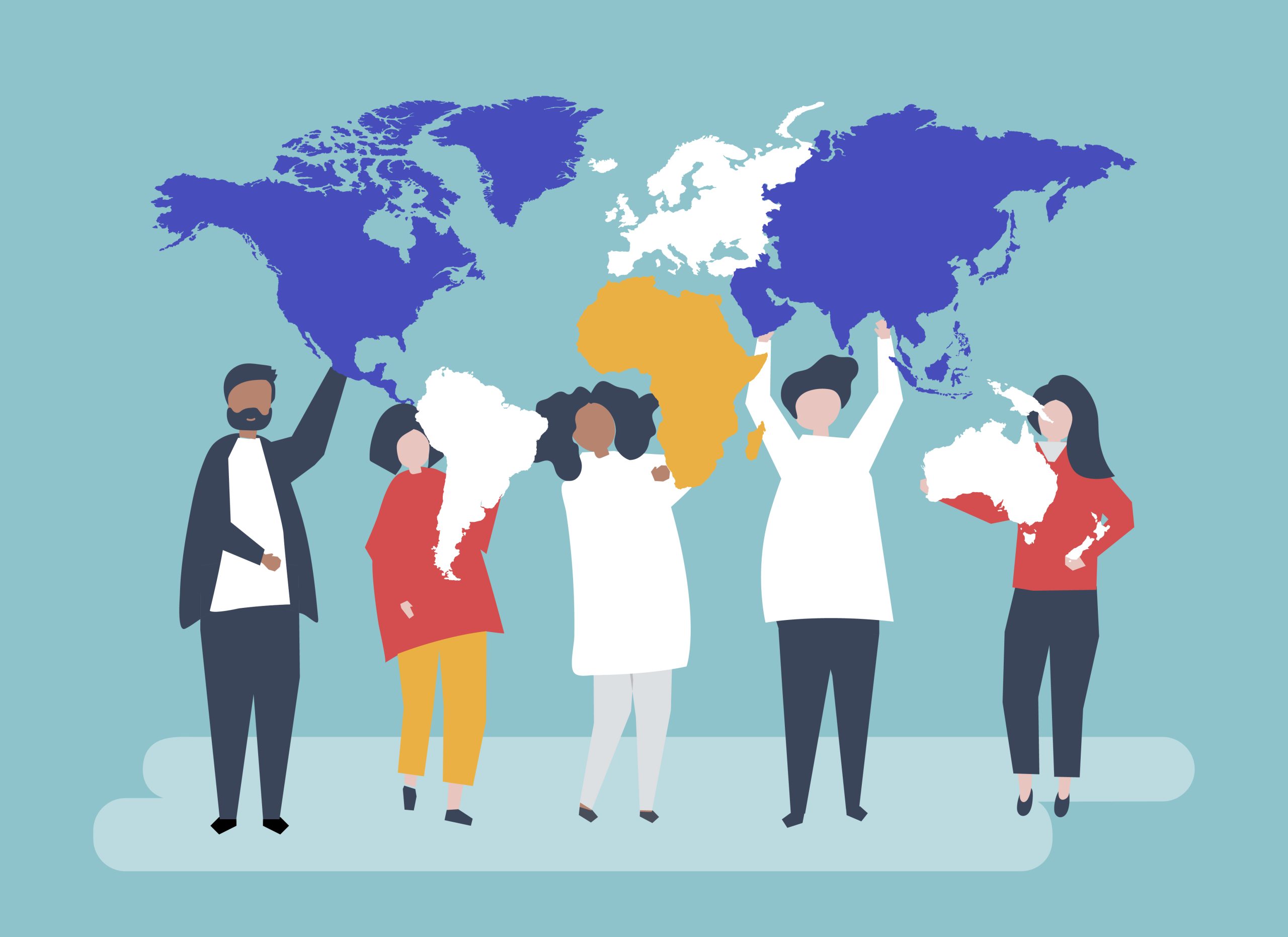Cultural diffusion is the process through which elements of one culture spread to another, leading to their incorporation and adaptation into the receiving culture. This phenomenon has shaped human societies throughout history, facilitating the exchange of ideas, practices, languages, technologies, and art forms across geographic and social boundaries. Cultural diffusion can occur through various means, including trade, migration, conquest, and the influence of mass media. As cultures interact, they exchange aspects of their way of life, enriching the cultural landscape and fostering a more interconnected global society. This article delves into the intricacies of cultural diffusion, exploring its mechanisms, its impact on societies, and the role it plays in the dynamic process of cultural change and adaptation.
Mechanisms of Cultural Diffusion
Cultural diffusion occurs through several mechanisms, each contributing to the spread of cultural elements in unique ways. Trade routes historically served as major conduits for cultural exchange, with the Silk Road being a prime example of how goods, ideas, and innovations spread between the East and West. Migration brings people into contact with new cultures, leading to the blending and adaptation of cultural practices. Conquest and colonization have also been significant forces in cultural diffusion, albeit often accompanied by conflict and coercion. In contemporary times, globalization and advancements in communication technology have accelerated cultural diffusion, enabling instant sharing of cultural content across the globe.
The Impact of Cultural Diffusion on Societies
The impact of cultural diffusion on societies is profound, influencing everything from language and cuisine to religious practices and governance systems. It can lead to cultural syncretism, where two or more distinct cultures merge to form a new cultural expression. For example, the spread of Buddhism from India to East Asia adapted to local customs and beliefs, resulting in variations such as Zen in Japan and Tibetan Buddhism. Cultural diffusion can also promote understanding and tolerance by exposing societies to diverse ways of life and thought. However, it may also lead to cultural homogenization, where dominant cultures overshadow local traditions, and cultural erosion, where unique cultural identities are lost.
The Role of Cultural Diffusion in Innovation and Creativity
Cultural diffusion is a powerful driver of innovation and creativity. Exposure to different cultures and ideas can spark new ways of thinking, problem-solving, and artistic expression. Many technological advancements and artistic movements have resulted from the cross-pollination of cultures. For instance, the introduction of Arabic numerals to Europe transformed mathematics and science, facilitating developments in fields like astronomy and engineering. Similarly, the influence of African rhythms on Western music contributed to the creation of jazz, a genre that has undergone continuous evolution through further cultural exchanges.
Navigating Cultural Diffusion in the Modern World
In today’s globalized world, cultural diffusion is more rapid and widespread than ever before. This presents both opportunities and challenges. On one hand, the ease of access to diverse cultures can enrich lives, broaden perspectives, and foster global connections. On the other hand, it raises questions about cultural appropriation, where elements of a culture are adopted without understanding or respecting their significance. As such, navigating cultural diffusion responsibly involves engaging with other cultures in a way that is respectful, informed, and mindful of the complexities of cultural exchange.
Embracing the Complexities of Cultural Diffusion
Cultural diffusion is a complex, multifaceted process that has played a pivotal role in shaping human history and continues to influence our world today. It drives cultural change, fosters innovation, and brings societies closer together, yet it also poses challenges that require thoughtful consideration. Understanding cultural diffusion helps us appreciate the rich tapestry of global cultures and the interconnectedness of the human experience. By embracing the complexities of cultural diffusion, we can promote a world that values diversity, encourages creativity, and cultivates mutual respect among cultures.
